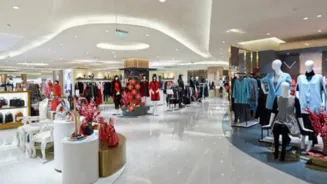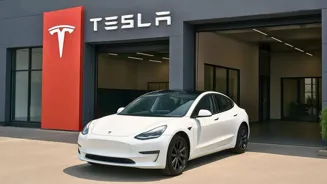Retail real estate in India has made a solid comeback in the first half of 2025. Leasing activity touched 5.7 million sq ft across the top seven cities, a 69% jump over the same period last year, according
to the latest report by realty consultancy firm JLL. Delhi-NCR and Bengaluru led the charge in Q2, with NCR making major gains in food and beverage (F&B) leasing, jewellery brands, and global retail entries.
Delhi-NCR emerged as one of the most active retail zones, clocking 0.53 million sq ft of leasing in Q2 alone, right behind Bengaluru. Together, these two regions contributed nearly half the country’s retail leasing this quarter. Much of NCR’s growth stemmed from rising demand in the F&B sector, which accounted for 22% of local leasing.
Ishaan Singh, director of AIPL, said, “Experiential retail is making a strong comeback. Premium high-street destinations in Gurugram, especially along Golf Course Extension Road, are no longer just about stores — they’re about curating vibrant atmospheres with recreation, engagement zones, and the comfort of seamless connectivity and easy parking. Retailers are seeking that edge. With the rise of affluent micro-markets in Gurugram and Noida, the surge in leasing activity is only natural — these markets are where brands want to be.”
The availability of quality retail space has played a pivotal role. Across India, the first half of the year saw 165% more new mall supply than last year, according to the JLL report. NCR was a major beneficiary of this new inventory, with multiple large-format developments going live. That said, Q2 saw a slight dip, 15% down from Q1, largely because new mall handovers momentarily slowed. But the trend remains strong: H1 leasing has already covered 70% of all 2024 activity.
Pankaj Jain, founder and CMD of SPJ Group, said, “What we’re seeing isn’t a seasonal spike, it’s the new normal. Brands have re-evaluated India’s retail potential, especially in NCR, where infrastructure, purchasing power, and lifestyle preferences are aligned. We believe leasing momentum will hold steady, with destination malls and integrated high-street concepts driving Phase 2 of this expansion. Retailers are planning for longevity now, not just visibility.”
In Q2 alone, 13 international brands debuted in India. Over half of these were from the F&B sector, signalling the rise of food as a lifestyle marker. The NCR stood out as their launchpad. Why? A mix of high disposable income, diverse food culture, and growing demand for curated dining experiences. With India’s young population demanding global flavours and fashion, brands are bypassing pilot tests and directly opening flagship outlets in NCR.
Mohit Goel, managing director of Omaxe Group, said, “NCR offers a canvas no other city does. With major markets in the city already saturated, satellite towns such as Faridabad offer immense opportunity. With the added advantage of the availability of relatively larger land parcels, these cities have emerged as a playground for brands wanting to create an immersive customer experience. It’s not just about selling anymore; it’s about turning shopping into a leisurely activity. NCR developers who adapt fastest to these new priorities are the ones shaping the future of Indian retail.”
Arjun Gehlot, director of Ambience Malls- Vasant Kunj and Gurugram, said, “The very definition of retail is evolving. Retailers now want plug-and-play environments with strong footfall, while shoppers are seeking discovery, leisure, and convenience under one roof. The days of plain vanilla malls are over. Today, a mall must inspire. Shoppers want reasons to stay longer, and retailers want reasons to invest deeper. We’re seeing demand for AI-powered loyalty systems, tech-enabled fittings, green-certified buildings, and hybrid formats.”
With 5.9 million sq ft of new retail space expected to open in the second half of 2025, the industry is on course to cross 10 million sq ft in leasing for the full year. If that happens, it’ll mark the strongest year for Indian retail real estate ever. And NCR? It’s not just in the race. It’s leading from the front.















